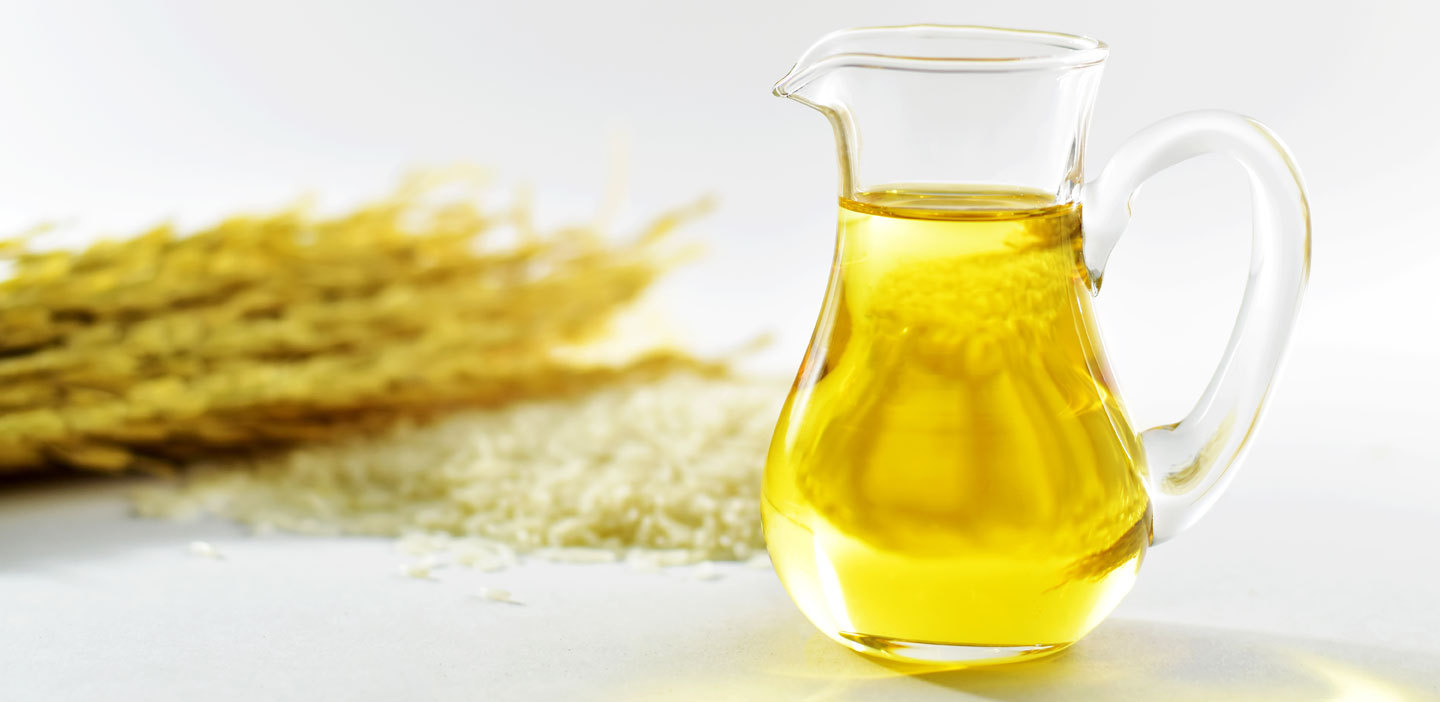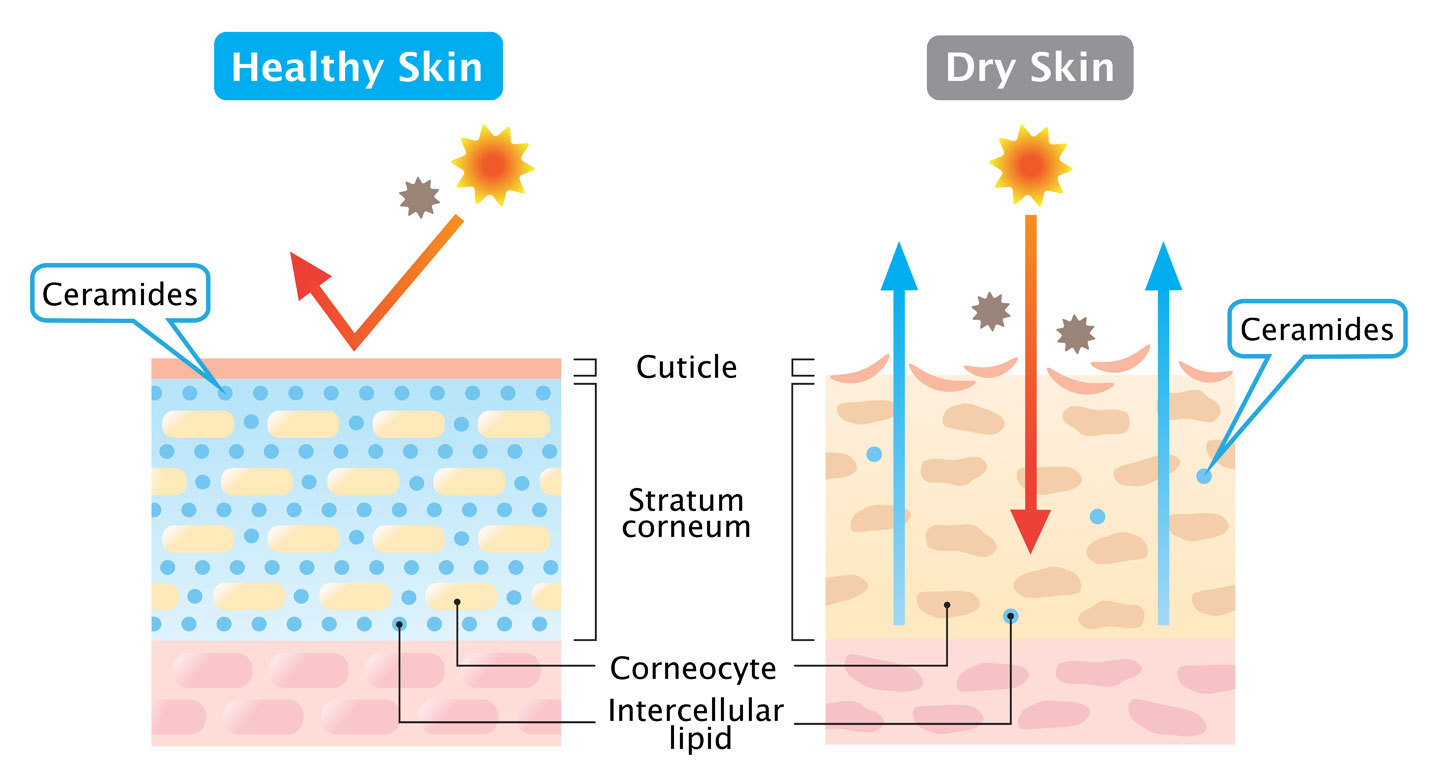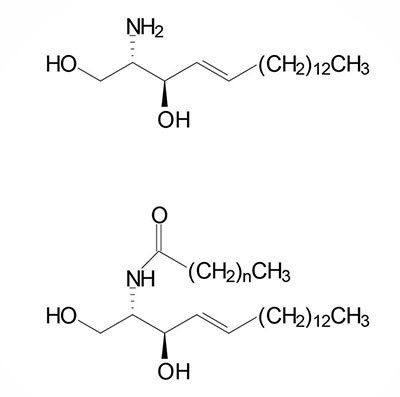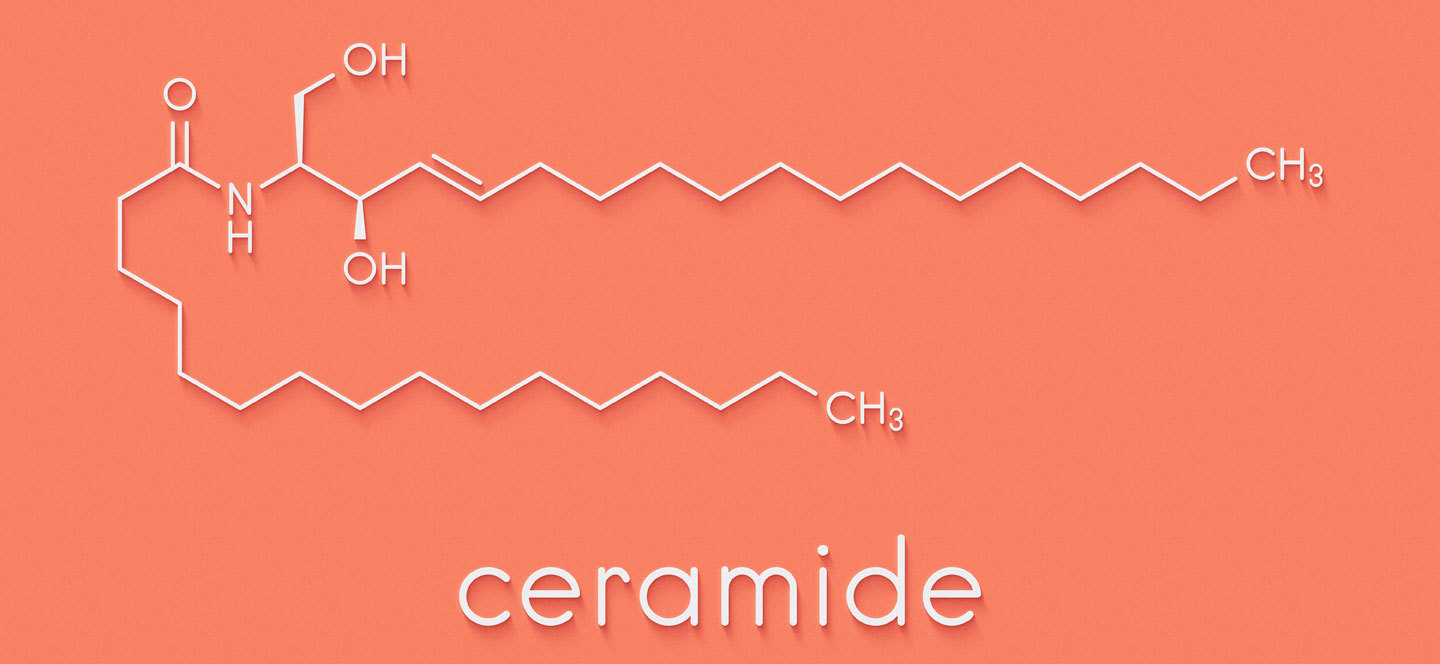 News
Articles & Recipes
Articles
Ceramides
News
Articles & Recipes
Articles
Ceramides
Ceramides

Although the ceramide portion of this glue has been widely studied its detailed mapping and exact functionality remain elusive. What we do know is ceramides play an important role in increasing skin hydration, are involved in epidermal self-renewal and contribute to the skin's immune response. We also have more than enough evidence to show their effectiveness when topically applied!
What skin types benefit from ceramide-enriched skincare?
As Ceramides are part of the skin, easy to add to formulations and unlikely to cause any issues they can safely be used by all skin types. That said those with youthful intact skin are the least likely to notice a powerful return on their ceramide-skincare investment. The people most likely to see a huge benefit are those with barrier disturbances or aged skin. Our Ceramide levels drop as a normal part of the ageing process and this starts at around age 30. For women the menopause is a time when the skin can become dryer and more dysfunctional so this is another time when Ceramides may be worth a look. Outside of that, people with acne prone-skin, rosacea, Atopic Dermatitis and Psoriasis will definitely feel the benefits of Ceramide enrichment. As a cosmetic chemist it is important to note that developing and marketing products for known skin conditions is something that must be done with care and in accordance with TGA or other regulatory guidelines. Most therapeutic goods regulators also insist that these products be made in a regulated factory environment rather than at home. Compounding chemists are the exception here and can create Ceramide creams for individuals on a prescription basis. Outside of the therapeutic realm exists a large market for people who have a tendency towards dry, sensitive, pimply and irritated skin but that don't experience these things on a clinical level.

Which Ceramides do we need?
More than one type of ceramide exists and that reality presents its own problems to the cosmetic chemist. Are all ceramides are created equally? Are all ceramides accepted into this skin-glue or are some just there for marketing purposes? Should we buy liquid or waxy solid ceramides… To answer these and other questions it is best to start with the chemistry:
The Structure of Ceramides

Cera = Wax & Amide = from Ammonia.
Ceramides are made from a family of chemicals called Sphingosines which are themselves synthesised from palmitoyl CoA and the amino acid Serine. Palmitoyl-CoA is a form of palmitic acid, a C16 fatty acid that is an essential starting fatty acid in lipid barrier formation. The reaction between this fatty and amino acid yield a family of chemicals that contain an amine group (NH2) and two to three hydroxyl groups (OH) hanging off a saturated or monounsaturated fatty carbon chain. Turning this into a ceramide happens in one of two ways both of which result in an extra functional group being added to the Sphingosine amine group. So, chemically ceramides are typically long-chain oil-loving chemicals with one amine group and several active oxygens. The length of the fatty acid chain coming off the nitrogen determines whether this oily chemical is harder and waxy in appearance or has a more liquid flow when analysed at body temperature. Our skin contains both types and complement each other to form a flexible and resilient water-resistant barrier.
Different types of ceramide, their functionality and safety.
While scientists do have a good idea of the role of some ceramides, they are still a long way off mapping the full roles of many of them and for that reason it's hard to definitively answer questions around which ceramides are best. That said, what we can do is look at the performance of products containing various ceramides and see how they have performed and we can also look at how ceramide deficient skin performs in hydration and resilience tests.
According to a 2014 Cosmetic Industry Review on the safety of Ceramides, ceramide 3 had the most reported uses at 359 products of which most were leave-on skincare preparations. The second most common was Ceramide 2. Ceramides 1A, 3, 6II, AP, EOP, EOS, NP and NS were also reported as being used and the main functionality reported for Ceramides was as hair and skin conditioning agents. The fact that Ceramide 3 is the most commonly used is unsurprising given that this is one of the Ceramides that is deficient in eczema patients (Atopic Dermatitis) and as such, has been, along with Ceramide 1, widely studied. While it makes sense for cosmetic chemists to follow the evidence in terms of which Ceramide chemistry to go for, it is important to note that to date, the scientific community have little to no evidence to prove (or disprove) the superiority or otherwise of one ceramide vs another when topically added.
The report we are talking about here was one carried out by the Cosmetic Industry with the aim of gathering and reviewing material safety data but the net result of this paper was that very little, if any existed for these cosmetic actives in 2014. However, that was remedied by 2015 when a follow-up CIR review concluded that Ceramides were safe to use as they typically had been. This evidence-based opinion is backed by dermatologists, many of whom prescribe or recommend ceramide-enriched skincare for their patients.
With the CIR review confirming the fairly wide-spread use of ceramides in skincare it is no surprise that there are many human trials of ceramide creams to pick from when looking for evidence of their dermal benefit. All of the studies that I've read in preparing this confirmed a benefit in using ceramide enriched moisturisers vs placebos, mainly (but not exclusively) in the field of moisturisation. One particular study was quite interesting in that it found the ceramide cream increased skin hydration but didn't decrease Trans Epidermal Water Loss. This could indicate many things including, potentially that ‘artificial' or added ceramides don't necessarily completely plug-the-gaps that an incomplete skin barrier has (so it still leaks) but they are taken up into the skin along with some extra moisture that may even be bound or associated with them. Most ceramide studies I read showed a marked improvement in aesthetic appearance of the skin after treatment, higher moisture levels and a smoother feel. In addition, another study found ceramide treatment to reduce participants stinging response when challenged with Lactic Acid. This reduction in skin sensitivity points to the added ceramides as being able to at least strengthen the barrier function even if they don't technically repair it (as in restore it back to optimal health). This result also confirms that a damaged skin barrier can manifest as skin that is more sensitive/ prone to irritation.
How much ceramide do we need to add?
Just as we don't know yet which particular Ceramide (if any) is BEST to add to a moisturiser, neither do we know what the perfect dose looks like. Typical dose rates according to CIR data range from 0.0000001-4% but these were mostly likely derived by looking at what has been done previously meaning there is no data yet to confirm whether these are optimal levels of use. Generally speaking Cosmetic Chemists can be reasonably confident in getting a good result however they balance their formulations given Ceramide chemistry, market price and skin-compatibility. What this means practically speaking is that there is unlikely to be a dose at which adding these becomes dangerous or clogging for the skin. It's more likely that you either blow the budget or the formula becomes too waxy first.
Are there any other ingredients that make Ceramides work better?
Niacinamide or vitamin B3 is a fantastic partner to Ceramides as it helps our skin to synthesise them. Being a relatively stable additive with great multi-functional efficacy and a low irritation potential (when formulated at the right levels and pH) there is little reason for cosmetic chemists and brand owners to avoid adding this. Other great Ceramide partners are fatty acids, cholesterol, Urea, Sodium PCA and hyaluronic acid which each play their role in improving barrier hydration and integrity. For those wishing to take a whole plant or extract focused approach to their product chemistry look for vegetable oils that have a substantial unsaponifiable fraction that is rich in phytosterols. Phytosterols are closely related to ceramide chemistry and can delivery similar functionality. Olive, Wheatgerm, Soy, Sesame, Sunflower, Linseed, Evening Primrose and Avocado oil are just some of the options you could try.

Ceramides Summary.
In summary, Ceramides are a group of skin-compatible waxy lipids that help to boost skin hydration, barrier functioning and resilience. The type you choose and the percentage you put into your formulation is unlikely to be as important as just getting some in there in the first place. Happy Formulating!
You can experience Ceramides in our Night Cocoon Mask, a creamy sleep mask designed create the perfect sleep environment for skin barrier restoration.
Amanda Foxon-Hill
References:
- The Medical Biochemistry Page.org. Biochemistry of lipids
- Contribution of Palmitic Acid to Epidermal Morphogenesis Barrier Formation in Human Skin Equivalents.
- The Stratum Corneum and Aging
- CIR Review, ceramides in cosmetics 2014
- CIR Review, Ceramides in Cosmetics 2015
- Lueangarun, S., Tragulplaingam, P., Sugkraroek, S., & Tempark, T. (2019). The 24‐hr, 28‐day, and 7‐day post‐moisturizing efficacy of ceramides 1, 3, 6‐II containing moisturizing cream compared with hydrophilic cream on skin dryness and barrier disruption in senile xerosis treatment.
- Danby, S., Andrew, P., Brown, K., Chittock, J., Kay, L., & Cork, M. (2020). An Investigation of the Skin Barrier Restoring Effects of a Cream and Lotion Containing Ceramides in a Multi-vesicular Emulsion in People with Dry, Eczema-Prone, Skin: The RESTORE Study Phase1.
- Ishida, K., Takahashi, A., Bito, K., Draelos, Z., & Imokawa, G. (2020). Treatment with Synthetic Pseudoceramide Improves Atopic Skin, Switching the Ceramide Profile to a Healthy Skin Phenotype.
- Nojiri, H., Ishida, K., Yao, X., Liu, W., & Imokawa, G. (2018). Amelioration of lactic acid sensations in sensitive skin by stimulating the barrier function and improving the ceramide profile.
- Ho, V., Ma, E., Liew, H., Ng, M., & Koh, M. (2020). Comparing the Potential for Irritation of a Ceramide-Based Moisturizer with a Urea-Based Moisturizer for Pediatric Atopic Dermatitis.
- Ito, S., Ishikawa, J., Naoe, A., Yoshida, H., Hachiya, A., Fujimura, T., Kitahara, T., & Takema, Y. (2017). Ceramide synthase 4 is highly expressed in involved skin of patients with atopic dermatitis.
- Draelos, Z., Baalbaki, N., Raab, S., & Colón, G. (2020). The Effect of a Ceramide-Containing Product on Stratum Corneum Lipid Levels in Dry Legs.
- Pappas, A., Kendall, A., Brownbridge, L., Batchvarova, N., & Nicolaou, A. (2018). Seasonal changes in epidermal ceramides are linked to impaired barrier function in acne patients.
- Coderch, L., López, O., Maza, A., & Parra, J. (2012). Ceramides and Skin Function. American Journal of Clinical Dermatology
- Potential Applications of Phyto-Derived Ceramides in Improving Epidermal Barrier Function
